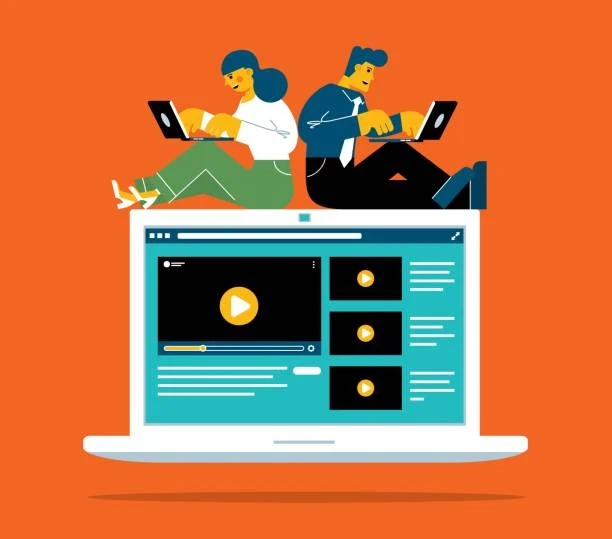The concept of buying views for YouTube videos has gained traction over the years as creators seek to boost their content's visibility. But how does the process work? And what's the machinery behind the scenes? Let's break it down.
1. The Marketplace
At the very beginning, there's a marketplace - websites, or third-party services, that buy YouTube views. These platforms offer various packages, promising 'x' number of views for 'y' amount of dollars.
2. The Promise
Most of these services claim to provide "high-retention" views, meaning that the viewer would watch a significant portion of the video, not just a few seconds. This is crucial as YouTube's algorithm values watch time.
3. Real vs. Bots
There are two primary methods these services utilize:
Real Views:
These are sourced from real people, often incentivized to watch the videos. They might come from click farms or be users enticed by some offer.
Bot Views:
Automated bots or software designed to mimic human actions play the video, often repeatedly, from various IP addresses.
4. The Delivery System
Once a purchase is made, the service deploys its network. If it's bot-based, the software starts 'watching' the videos. If real views, the videos are shared across networks or platforms where real users access them.
5. Drip Feeding
Some sophisticated services offer "drip-feeding," where views are delivered gradually over days or weeks. This is to make the growth appear more organic and avoid suspicion.
6. Geographical Targeting
Higher-end services might allow customers to choose views from specific regions or countries. This can be crucial for content targeted at a specific audience or demographic.
7. Engagement Add-ons
Apart from views, these platforms may also sell likes, comments, and subscribers. This is to offer an all-around boost, making the video's popularity appear genuine.
8. The Risk Factor
While all this might sound lucrative, there's a high risk involved. YouTube's algorithms are continually evolving, detecting fake views and penalizing content creators. Channels can face demonetization, lowered rankings, or even outright bans.
Conclusion
The machinery behind buying YouTube views is a mix of technology, human networks, and an understanding of YouTube's algorithm. However, with the increasing sophistication of YouTube's detection systems, the real question is whether the short-term gains are worth the long-term risks. As always, genuine content and authentic engagement remain the best strategies for lasting success on the platform.


